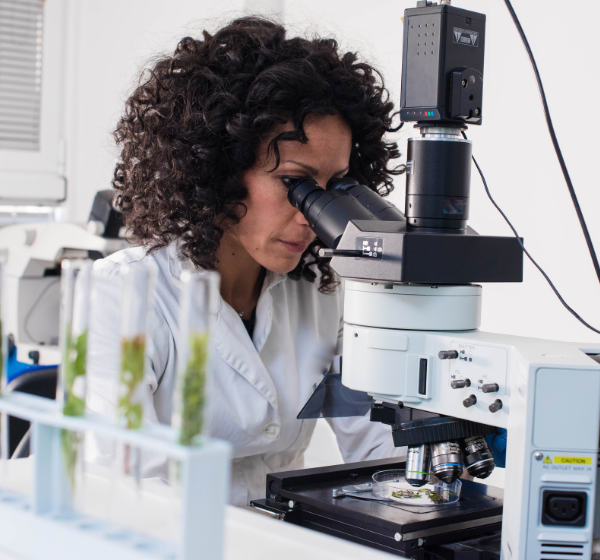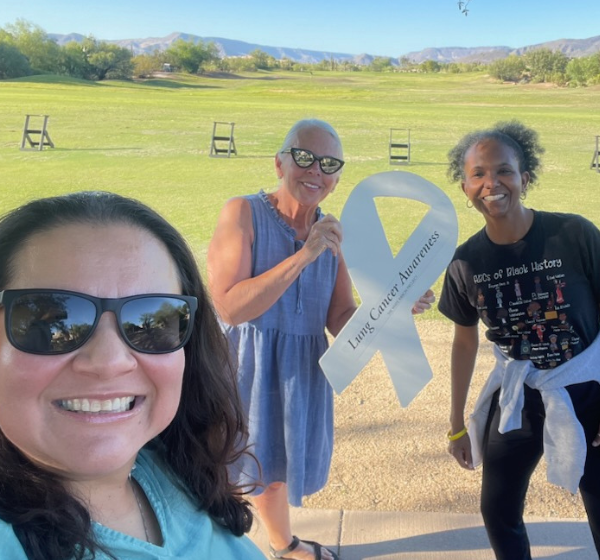You can survive a lung cancer diagnosis
Here are 7 steps to guide you through a lung cancer diagnosis
Although these 7 steps for your lung cancer diagnosis are part of The First 7 Days podcast series, these 7 steps are to guide you at YOUR pace along YOUR personalized treatment plan – not a feat to be accomplished in 7 days.
Slow down. We know you want to start treatment right away but what is most important is to get the right diagnosis, for the right treatment at the right time for you.
Ensure biomarker testing to identify potential targeted therapies for your lung cancer. Unless you are experiencing severe symptoms that need immediate attention, do not start treatment until you have received the results of comprehensive biomarker testing.
Make an appointment with a lung cancer specialist such as a thoracic oncologist or thoracic surgeon to discuss diagnosis and treatment plans. Develop a list of questions before you go. Bring a family member or trusted friend who can help you take good notes and ask questions you may have overlooked.
Get a second opinion by lung cancer specialist. Look for a comprehensive cancer center that may be at an academic medical institution. Ask what records they need, and send them ahead of time.
Learn as much you can about your biomarker (if you have one), options for lung cancer treatments, and support available from lung cancer groups through reputable sites online like lcfamerica.org.
Work with your healthcare team to create a customized treatment plan designed specifically for you. This might include participating in a clinical trial.
Build a network of support with family members, friends, community members, and fellow advocates living with lung cancer.
Get a Printable Version of These 7 Steps
These steps can help you manage a personalized
course of action, help you understand more about your
specific lung cancer, and find the support you need.

First Things to Focus On
-

There is hope!
Most importantly, know that you have options!
Despite a cancer diagnosis, there's always hope. There are several treatment options available, and your healthcare team will help you chart the best path forward.
-

Understand lung cancer
Educate yourself about your specific lung cancer
Understanding your specific type of lung cancer is crucial. The more you know, the better you can participate in decisions about your treatment and care.
-

Every tumor is different
Insist on Biomarker Testing
Biomarker testing can identify specific genes, proteins, and other factors unique to your cancer. It helps to determine the most effective treatment strategy, so insist on it.
-

Hope With Answers Podcast
Find Your Community
Connect with support groups, online communities, or other people who've had similar experiences. They can provide understanding, advice, and emotional support as you navigate this journey.
Help is here to manage those initial days of a lung cancer diagnosis.
Start with a podcast, The First 7 Days, to create a roadmap to find the right doctor for you, get the right testing, and start to create the right treatment plan.

There’s a lot to understand when first diagnosed
Visit the glossary to understand terms you may not know

